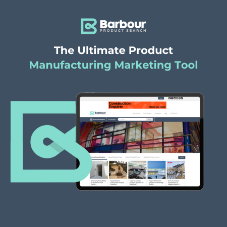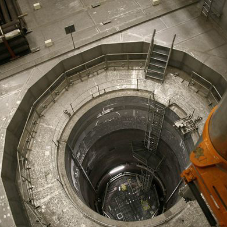Its important to understand the different needs of the members of the Construction DMU and present relevant benefits. Chris Ashworth gives an overview of the key decision makers and influencers.
Many businesses are taking the opportunity to hold a mid-year review of their sales and marketing budgets for the remainder of 2020. We can expect changes in working practices, with less face-to-face meetings and possibly smaller sales teams. And while there are opportunities created by digitalisation, the Cloud and BIM to mover towards more efficient forms of engagement with decision makers, it is important to ensure all of the members of the Project Decision Making Unit are included. Here is a check list of the six most important members of the construction DMU.
Client: It is the client who will define the initial brief for the building. If they have multiple properties they may nominate products where they perceive key benefits, otherwise they are unlikely to specify, but they will directly influence product selection through their design requirements. These will cover many different aspects which might include low/zero carbon, use of natural daylight, corporate branding, low maintenance and in response to Coronavirus probably a range of new Health & Safety requirements. Identifying issues which might be of concern to the client, and offering a product solution, can be beneficial to building product manufacturers.
Architect: Probably the first priority for a manufacturer’s specification strategy, the architect is responsible for interpreting the client’s brief. This requires liaison with all of the project team and they often look to the manufacturer for design support.
Engineer: A number of engineering roles will work with the architect to implement the civil, structural, electrical and mechanical aspects of the design. While they will be responsible for the engineering aspects, they may have to take into account how this will fit with the architect’s performance and aesthetic needs. Manufacturers need to ensure that their product data takes into account the information needs of both the engineer and the architect.
Quantity Surveyor: The QS can take on a number of roles, mostly representing the client, to ensure the design brief is fulfilled while delivering value for money. Increasingly they have extended their criteria from lowest capital cost to life-time value. It is important that the manufacturer provides them with the capital cost and operational cost information they require. Remember it is often the QS that works out the initial budget for the building, so provide accurate cost information for your product. Following the Hackitt review we can expect to see greater use of Site Agents. This role is often performed by the QS and the brief includes ensuring the product specified is installed.
Main Contractor: It is important to remember that the main contractor will be dealing with multiple sub-contractors who use many times more products. So, they will only have time for a product manufacturer if it is critical to the project. As with engagement with each of the DMU, it is important to present relevant benefits to get their attention. Remember there are many influencers within the main contractor organisation; Estimator, Contracts Manager, Project Manager, Buyer and if a Design & Build contractor then the Design Manager who the architect will report to.
Specialist Sub-contractor: As the installer, the sub-contractor is the one who controls which product is used, with many products substituted. While architects continue to habitually include ‘or Equal’ in their specifications it remains very important to ensure you have well written specifications available to minimise the opportunities for substitution. Like the Main Contractor, the Sub-contractor organisation includes a number of influencers all of whom need to be engaged with. While the Buyer will be focused on getting the lowest cost, the Site Manager will be much more interested in availability and ease of installation. Remember to address their different concerns.
As you can see, there are a variety of different decision makers in the Construction DMU and each has different interests and concerns. To address these needs provide tailored and relevant information which presents the benefits that matter to each.
Further Information
Chris Ashworth is founder of Competitive Advantage Consultancy which specialises in helping building product manufacturers to develop their specification strategy. This includes a set of Construction Personas to help target the different members of the DMU.
Sign up to the Competitive Advantage newsletter for an overview of construction market activity as well as construction sales and marketing advice.
Related Blog Articles



crop192.png)












